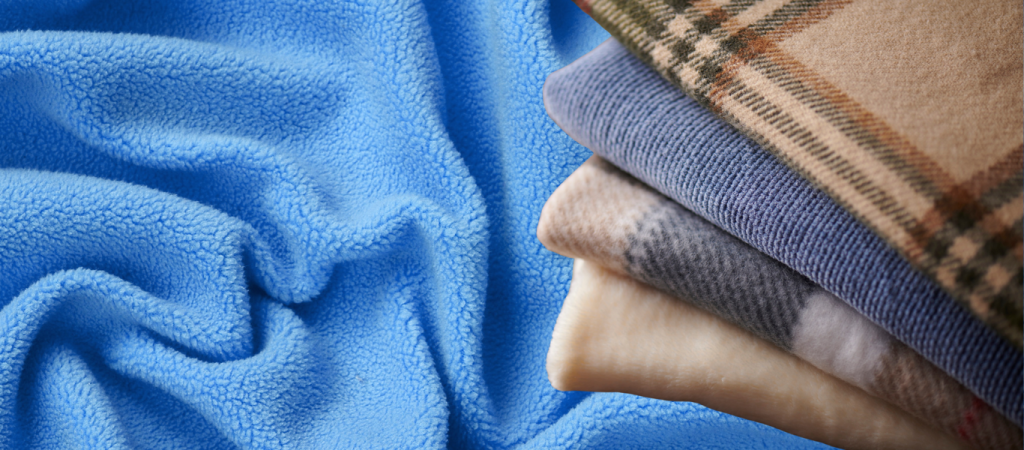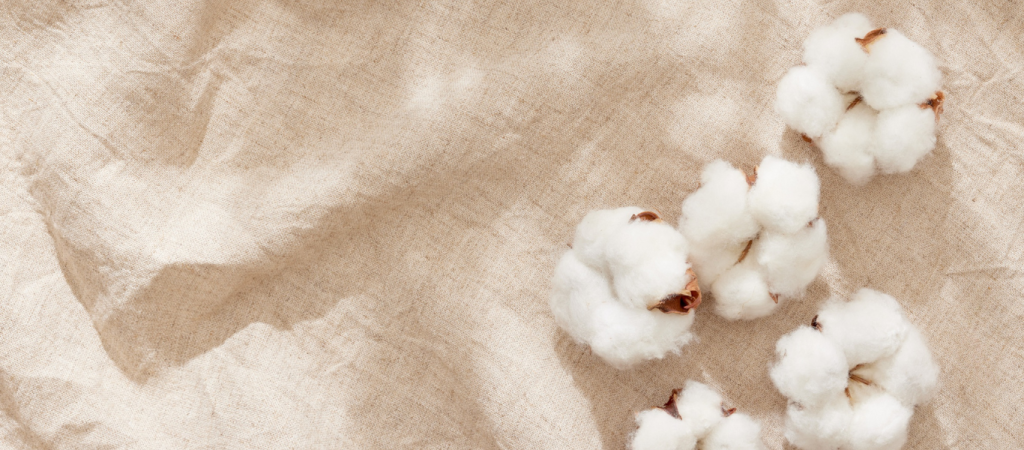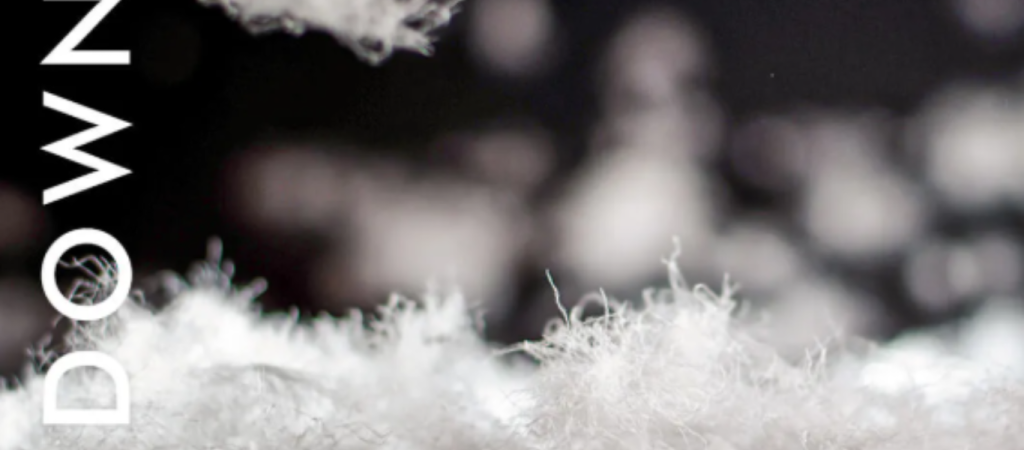Nowadays, puffer outfits are ideal clothing for warmth, and a proper fluffy puffer can effectively form an isolated layer to block heat radiation to keep warmth. How to keep warm? The key point is to block heat loss and lock body heat exchange with the surrounding cold air. Most thermal fabrics on the market are made by utilizing this theory. So, what methods should be taken?
In general, in the same space, the more the fabrics, the larger the isolated layer that is formed by fabrics to block heat radiation for keeping warmth, the warmer the fabrics. This demands the fabric to be thin. The more air in the inner fabrics, the less heat loss due to conduction is, then the higher the warm rate of fabrics, which requires fabrics to be hollow. Fine and hollow is the key that warm fabrics have. Outdoor clothing is well-known for its functions, and there are various fabrics. Here, we – Aungwinter, a custom manufacturer of winter hats and accessories, will take examples of fleece, 3M™ Thinsulate™ Insulation, and puffer/down fabric.
1. Fleece

Fleece, commonly called polyester, has a very fine denier, which contributes to keeping warmth. The density and weight of woven fabrics are the essential points that can judge the warm function of a piece of fleece outfit. This follows the rule above – the more the fabric, the larger the isolated layer formed by the fabric to block heat radiation, the warmer the fabric. In general, how to judge the warmth of one piece of fleece outfit is to check its weight because for the same fabric, the heavier the fabric, the warmer the fabric, like the King Camp Sleeping Bag Fleece Liner.
2. 3M™ Thinsulate™ Insulation (Also called Thinsulate™ insulation or 3M insulation)

3M™ Thinsulate™ insulation (also called Thinsulate™ insulation or 3M insulation) is produced by the American 3M company, composed of super-thin fibers, and its thinness only occupies 1/25 of a hair, which means in the same space, 3M™ Thinsulate™ insulation can be stuffed more. Therefore, for the same thickness, 3M™ Thinsulate™ insulation is 1.5 times warmer than puffer fabrics and 2 times warmer than other fluffy thermal fabrics. 3M™ Thinsulate™ insulation has 3 properties – lightweight, warm, and easy to dry.
3M™ Thinsulate™ insulation is well-known for its lightweight, warm, and wear-resistant properties, widely applied to apparel, shoes, gloves, hats, sleeping bags, and more, particularly for outdoor gear and high-end apparel.
3. Puffer/Down Fabric

Down jackets are acknowledged as ideal warm gear for common people. Proper fluffy down forms an isolated layer that can effectively block heat radiation to keep warm. Filling stuff, down content, weight, fluffiness, and fabrics are the key criteria for measuring the quality of a down jacket. In general, the hang tag of a down jacket will note the type of filling, which is generally divided into goose down and duck down. The same amount of goose down is warmer than the same amount of duck down. That’s why goose down is pretty expensive. Because down from larger and mature birds are warmer.
Commonly, down is composed of feathers (hair) and down (tufted down), and the down content means the amount of tufted down. Usually, the down content of outdoor down jackets occupies over 80%. The weight means the weight of the filling in a down jacket. Therefore, the weight and down content are the complement index, and are closely related to the warm function. However, when picking a down jacket, valuing the weight is not enough, and it also needs to consider the size and length of the down jacket. The fluffiness is also the key criterion to judge the warmth of a down jacket, but the measuring difference is pretty large. Moreover, there are many brands that don’t label the fluffiness of their down jackets. Here is a way to check the fluffiness of a down jacket, namely flattening a down jacket for 3 minutes for the down to recover, then pressing it with your hands and taking your hands off. If the down recovers quickly, then it can prove that its fluffiness is pretty good.
The common blended fabric with down for down jackets is almost polyester and nylon. Polyester is bright in colors and smooth to the touch, and there is no obvious folded crease when hand pinching, without enough softness. Nylon is relatively dark in color and hard to the touch. There are obvious pinching creases, and it recovers very slowly. Usually, down jackets are filled with goose down, the down content is over 80%, the weight is over 100 grams, and fluffiness is 800, made with waterproof fabrics, which is great at keeping warmth.
In the End
All these 3 types of fabric – fleece, 3M™ Thinsulate™ insulation, and down for making inner layers with rush jackets can create an unrivaled warming effect. Same for custom hats. No matter what you choose in cold weather, these three fabrics are perfect for cold weather.




